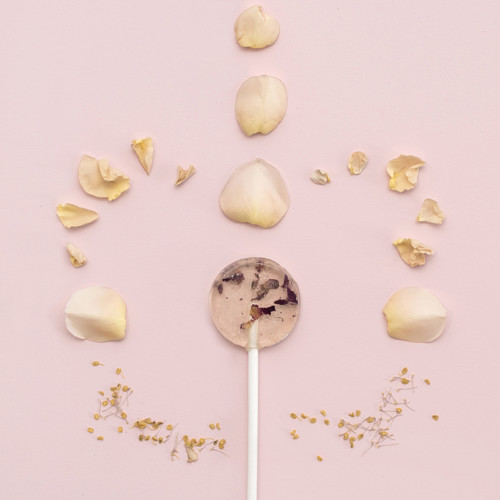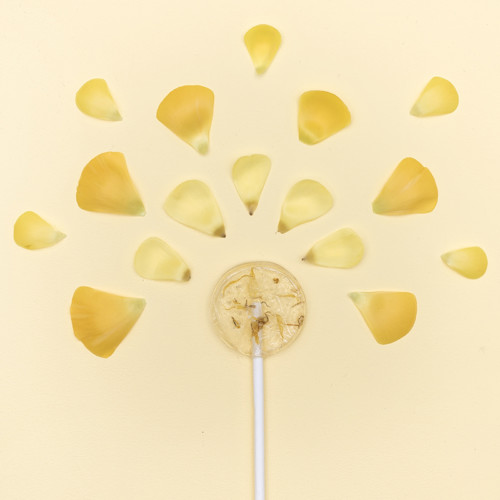
Plant These Lollipops For A Sweet Garden
With the farm-to-table and local food movements well established in the cultural zeitgeist, attention is now turning to what happens to that food when those at the table are finished. The restaurant industry has recently begun to make concerted efforts to curb its waste, and composting is becoming an increasingly feasible option— but what about those unavoidable food byproducts that (seemingly) can’t be broken down?
Though they have a slightly old-fashioned feel about them, lollipops continue to be one of the most popular candies in America (with THC- and CBD-infused lollipops growing an entirely new market). The sticks which go with them– and make them such a fun treat to eat–, however, are a frustrating bit of waste that often ends up in landfills. Amborella Organics, however, is shaking up that model.
Much like seed paper— which exists under the pretense of not only reducing waste, but of turning it into something else entirely, something beautiful that contributes to the world– Amborella Organics’ lollipop sticks are not only biodegradable, they contain an heirloom seed that corresponds to the flavor of the lollipop (a kind of reverse Farm-to-Table experience).
The founder of Amborella Organics, Brennan Clarke, speaks about tending his grandmother’s balcony of plants as the inspiration for the environmentally-minded line of candy. “I can’t recall a single television show I watched or text message that I sent during those visits,” Clarke muses on the company’s website. “But I will always remember the smell of her tomato plants and the anticipation of seeing which plants had grown week-to-week.”
In keeping with earth-friendly approach, each of the lollipops is based in botanics, with plant-centered flavors like “peach & marigold” and “lavender & lemongrass”, which are appealing to children and adults alike. (If you’re not convinced, know that Amborella Organics is partnering with top lingerie brand La Perla to serve their champagne & roses lollipops at a Women’s Day fundraising event.) The pairings are sophisticated, a boon to grown-ups (who may enjoy lollipops but don’t want to eat blue raspberry) and a way to expand children’s palettes.
Because of their secondary function, eating the lollipops is a kind of two-part process– what Amborella Organics calls “Eat, Plant, Love” on their site. When you’ve finished off the edible part, the stick should be planted horizontally below a thin layer of dirt, watered frequently, and provided with adequate sunlight; growers will be rewarded with their very own herb or flower– a tangible reminder of sweeter days.
To order your own seed-bearing lollipops, visit Amborella Organics.




































